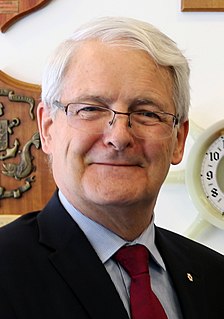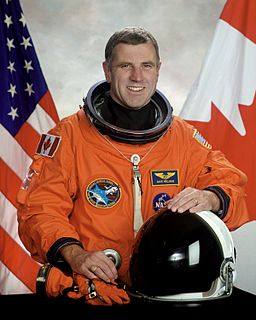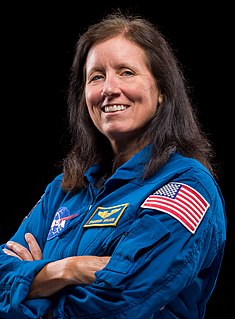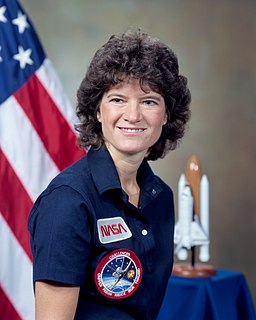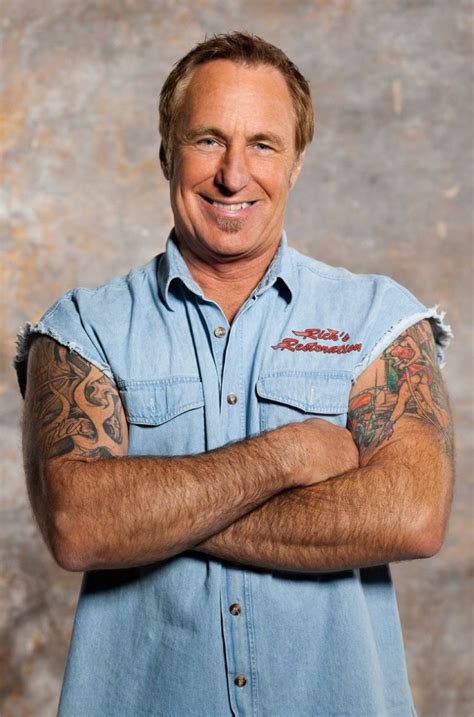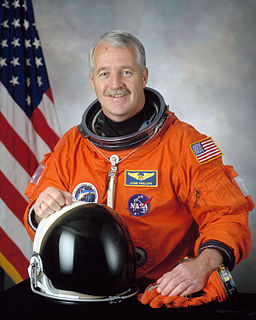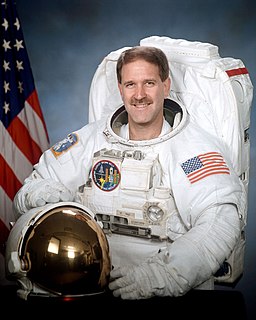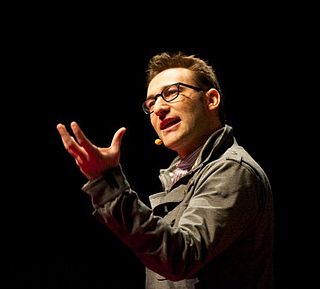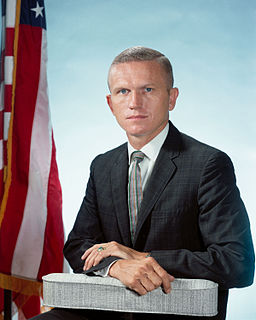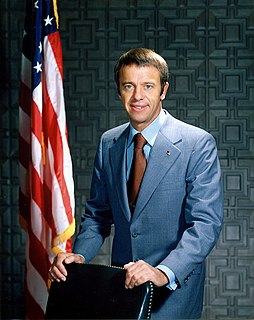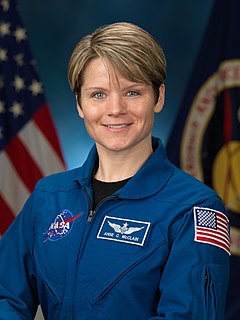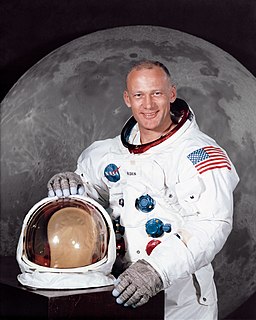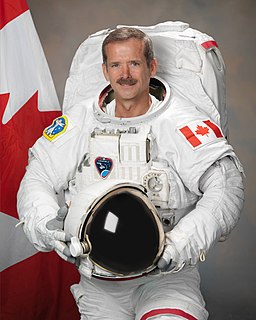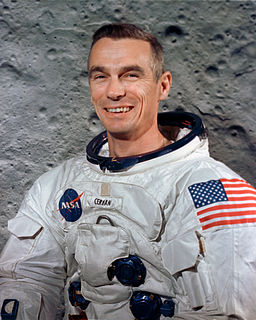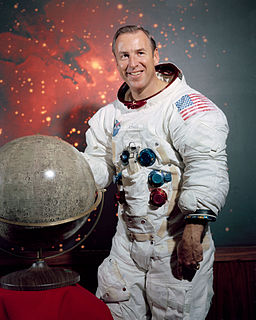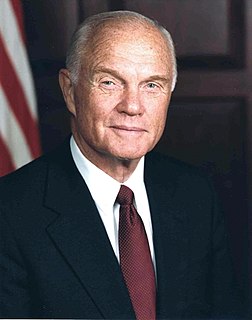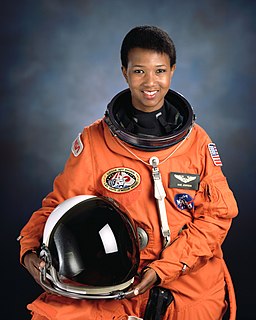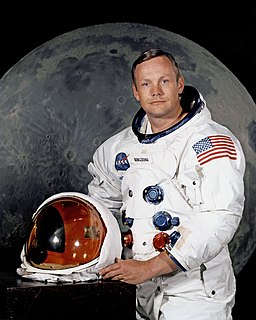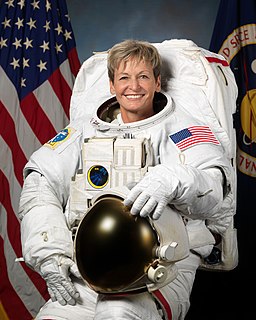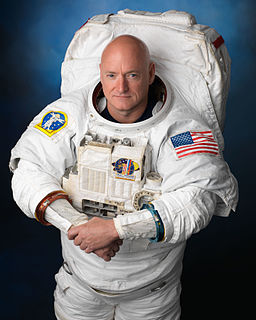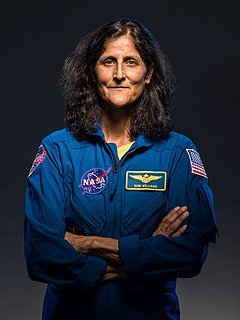A Quote by Marc Garneau
We have played a critical role in meeting the new safety standards. The Canadian space industry contributed new tools that make the inspection of the space shuttle possible.
Related Quotes
What an incredibly proud moment as a Canadian to have the Canadian flag on the left shoulder of your space suit, looking at the Canadian logos on the robotic arm in the payload bay of the space shuttle, and there's the Orbiter Boom Sensor System, which was an extension of the Canadarm to inspect the tiles underneath the orbiter. It struck me that there were more Canadian logos in space than any other country's I saw.
That was in 1994, July, 1994, and I can remember that like it was yesterday too because it was the culmination of a childhood dream to finally be laying on the launch pad inside a space shuttle and getting ready to be launched into space. The impression of going into a space shuttle is that it looks like a brand new simulator. We spend so many hours inside a simulator that everything is very familiar. Every switch, the seats, the way things work, but the vehicle, the actual spacecraft looks brand new because it hasn't been used nearly as much as the simulators.
New Rule: Since our new national position on science is, "Screw it, we prefer witchcraft," let's not just retire the Space Shuttle Atlantis. Let's drive it to one of the five stupidest States and have the locals beat it with sticks. Putting it in a museum is too dangerous. Someone could steal it, fly it into space and notice we revolve around the sun.
There's a huge amount of pressure on every astronaut, because when you get right down to it, the experiments that are conducted on a space flight, or the satellites that are carried up, the work that's to be done, is important and expensive work, and you are up there for a week or two on a Space Shuttle flight. The country has invested a lot of money in you and your training, and the Space Shuttle and everything that's in it, and you have to do things correctly. You can't make a mistake during that week or two that you're in space.
In 2009 I went up on the space shuttle. I was in space for 16 days and docked at the space station for 11 days. The entire crew did five space walks, of which I was involved with three of them. When you're doing a space walk, you always have a buddy with you. It's a very dangerous environment when you're doing a space walk.
There is just no way that I can understand in God's green earth that an airline could undertake with its normal procedures the operation of the Space Shuttle. . . . You don't put parachutes on airliners because the margin of safety is built into the machine. The 727 airplanes we fly are proven vehicles with levels of safety and redundancy built in. The shuttle is a hand-made piece of experimental gear.
NEEMO missions are a challenging and exciting aspect of astronaut training. The research we conduct during those missions allows us to test new technologies and exploration concepts in conditions similar to the ones we'll experience in space. They are a great opportunity to help me expand my knowledge and develop new tools for future space exploration.
On my second space walk, I was riding the Canadarm, heading down toward the payload bay of the space shuttle, and I could see the space shuttle highlighted against the Earth in the background, and there was this black, infinite, hostile void of space. I remember looking down at the Earth and thinking, "Beneath me is a 4½-billion-year-old planet, upon which the entire history of the human species has taken place." That was an incredibly humbling moment, and I had a bit of an epiphany.
